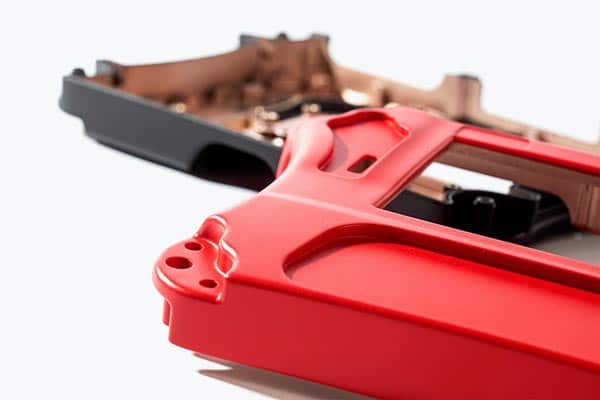Vacuum casting stands out as a versatile and cost-effective manufacturing process that has found wide utility across numerous sectors, including automotive, aerospace and medical device manufacturing. This article delves into the intricacies of vacuum casting, elucidating its benefits and diverse applications in various industries. Let us explore vacuum casting and unravel the reasons why manufacturers worldwide are gravitating towards its adoption.
Introduction
Overcoming conventional manufacturing techniques, vacuum casting excels in crafting intricate parts with remarkable accuracy and precision. Particularly advantageous for low volume production runs, it provides a more economical alternative to injection molding while catering to companies that require rapid output. These properties position vacuum casting as an ideal choice for experimental and small-scale manufacturing efforts across diverse sectors.
Vacuum Casting Process
The genesis of vacuum casting involved the creation of molds from master patterns, typically fashioned from plastic, metal or wax. A silicone rubber mold is then meticulously formed around the master pattern inside a casting chamber, where air pockets are diligently expelled via a vacuum chamber. Subsequently, the casting material – consisting of silicone, epoxy, or other suitable material – is introduced into the mold without any air spaces. Post-cast, the material undergoes curing for a specified duration, contingent on its composition. Once cured, the mold and resulting parts are extracted from the vacuum chamber and subjected to cleaning, finishing and inspection to ensure adherence to stringent standards.
Benefits
Renowned for its superiority over conventional production methods, vacuum casting offers a plethora of benefits, including:
Due to its exceptional accuracy and precision, it is ideal for sectors where complex geometry is necessary.
- High precision
- High quality parts
- Save time and cost
Applications of Vacuum Casting
Embraced by a multitude of industries, vacuum casting has found widespread utility in craftsmanship:
The automotive segment: small to mid-sized engine covers, dashboard components and interior trim pieces.
Aerospace industry: fabricating ducts, brackets and housing.
Medical device segment: Manufacturing prosthetics, orthotics, and surgical tools.
Consumer goods arena: Production of toys, electronics and household appliances.
Conclusion
Essentially, vacuum casting has revolutionized the fabrication of intricate geometries, providing cost-effective and precise solutions tailored to a diverse range of sectors including automotive, aerospace, medical and consumer products. As industries with intricate geometrical requirements continue to proliferate, vacuum casting stands are poised to play an increasingly critical role. Its multifaceted benefits and myriad applications ensure its enduring significance in the manufacturing landscape for many years to come. Truly, vacuum casting epitomizes a cost-effective, adaptable and efficient approach to crafting intricate geometries, ushering in a new era of manufacturing excellence.
Reference
*Image from https://www.materialise.com/

